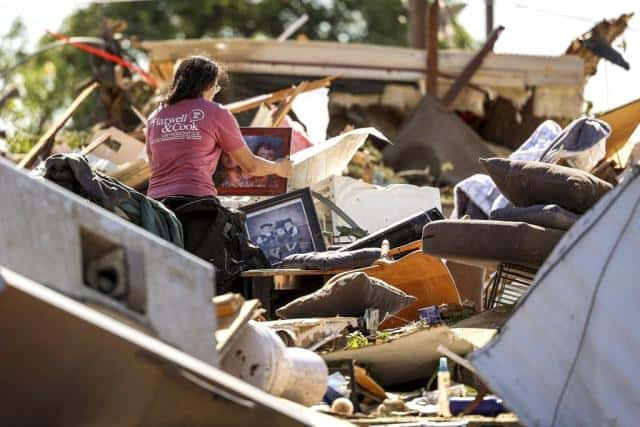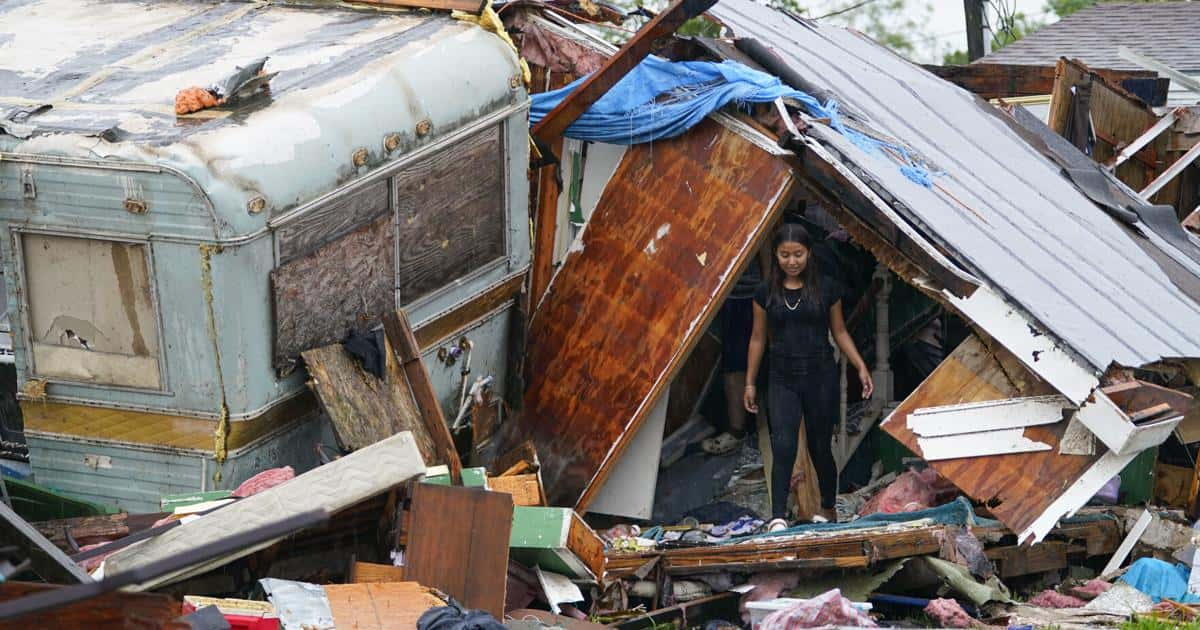The surge in severe thunderstorms, propelled by climate change, has led to an unprecedented level of economic damage in a condensed timeframe.

Swiss Re Group reports an extraordinary financial toll of $34 billion in insured losses due to damage from storms in the U.S. during the first half of this year
Convective storms, which encompass hail, lightning, heavy rainfall, and high winds, contributed to nearly 70% of the $50 billion in global catastrophic damages recorded so far this year, according to the reinsurer’s recent statement.
The U.S. experienced an exceptional onslaught of damage from storms, with 10 of them resulting in losses exceeding $1 billion each. This is nearly double the average for the last decade. Among the states, Texas bore the brunt of the devastation. The impact of these meteorological events has sparked concerns, as climate change increasingly intensifies the frequency and severity of extreme weather phenomena.
Swiss Re Group’s Chief Economist, Jérôme Jean Haegeli, stressed that damage from storms’ influence is evident in events like heatwaves, droughts, floods, and extreme precipitation
He also pointed out the role of urban sprawl and land use planning in exacerbating exposure to higher-risk environments. The ongoing year’s second half has witnessed a series of noteworthy meteorological incidents, including heatwaves in the U.S., China, and Europe, as well as wildfires in Greece, Italy, and Algeria. Swiss Re has noted that damage from storms and insurance losses from these events are still underway.
These figures align with a recent report by Munich Re, another major reinsurer, which highlighted the exorbitant costs resulting from damage from storms in Texas in June. The significance of these events underscores the imperative to prepare communities for the escalating physical and financial consequences of climate-related weather disturbances. Despite challenges, such as insurers scaling back operations in high-risk states, proactive measures are vital in addressing the growing threats posed by extreme damage from storms events driven by climate change.




